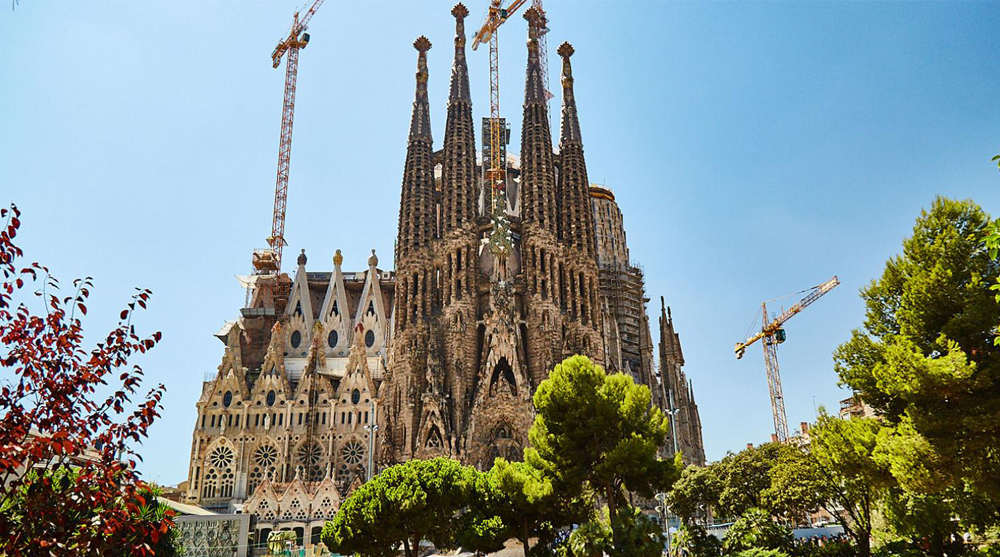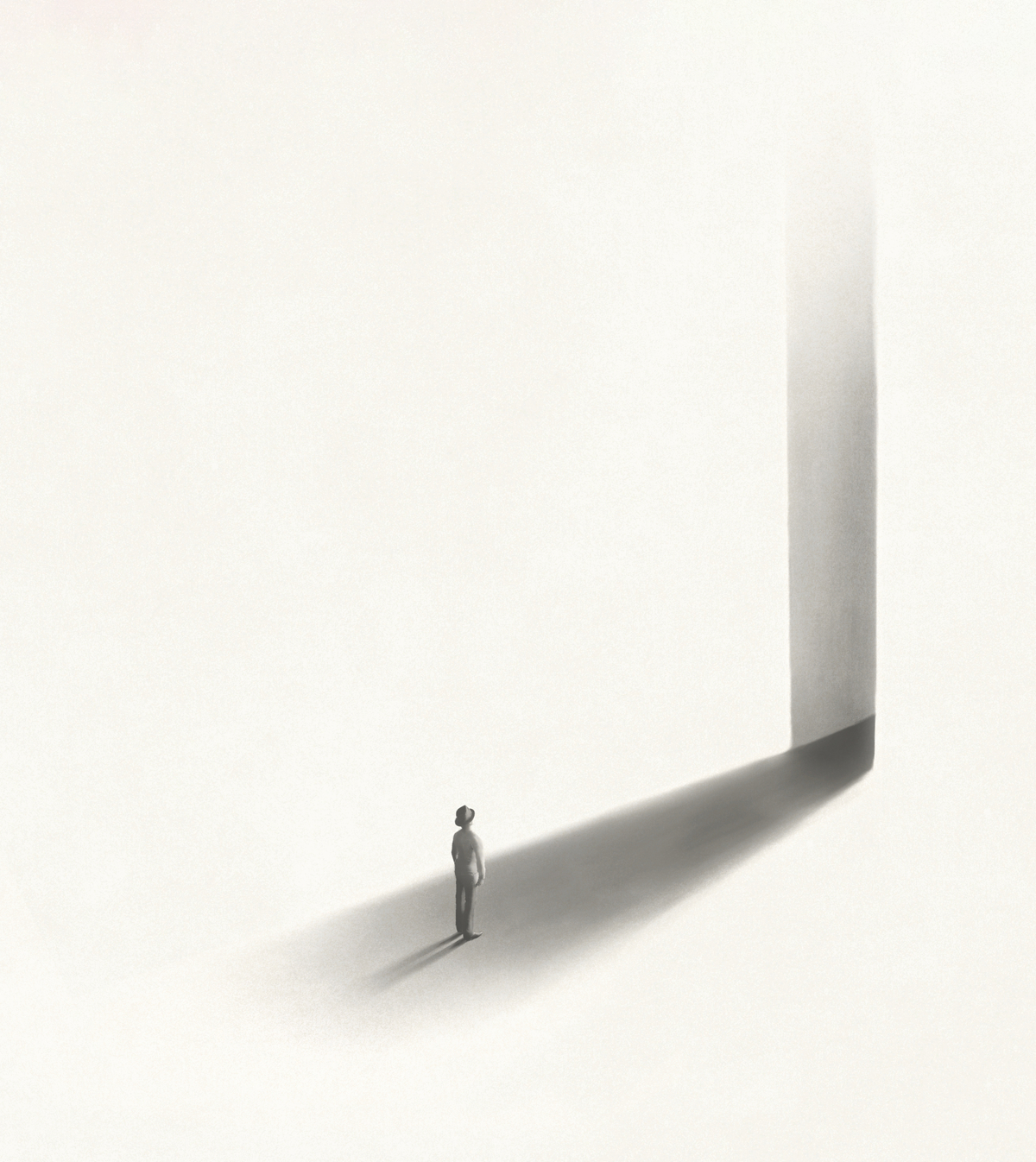There has been ample research over recent years to suggest that the simple act of looking at buildings and structures designed for meditation and contemplation can have positive and measurable effects on one’s mental states. The contemplative architecture of museums, churches, libraries, temples, and meditation spaces is therefore able to physically restructure an individual’s brain, and have a significant positive influence on the wider community.
The relationship between architecture and neurobiology
In 2014, The Atlantic’s City Lab published an article on the research carried out by Catholic University of America professor, Dr. Julio Bermudez. Dr. Bermudez and his team used fMRI to study how buildings specifically designed for contemplation elicited brain activity. More specifically, they wanted to compare how similar that activity was to “internally induced” states of contemplation, such as those brought on by meditation or prayer.

Structures like the Sagrada Familia have been found to cause similar levels of contemplation as meditation. Image source
For this study, Bermudez’s team compared the regions of the brain that were activated when the study participants were presented with images of contemplative architecture compared to those of ordinary buildings. They used examples such as Sagrada Familia in Spain, the Greek Pantheon, Notre Dame du Haut in Ronchamp, France, and Frank Lloyd Wright's FallingWater in Pennsylvania.

The Greek Parthenon is another example of Contemplative Architecture. Image source
The results of the study showed that - while there were differences between internally-driven methods of contemplation - there was a significant difference in brain activity when viewing so-called contemplative buildings.

Contemplative buildings can cause a change in the brain’s activity. Image source
“A conscious experience of architecture is the result of physical, spatial, temporal, sensorial, and physical presence, rather than a pure inward intellectual act,” explains Bermudez in his presentation.
The three modes of contemplative architecture
In her paper “Transcending Architecture: Contemporary Views On Sacred Space”, Lindsay Jones distinguishes three ways in which the relationship between built forms and the act of contemplation manifests itself.
1. Theatric mode
The theatric mode involves architectural forms creating a stage-setting or backdrop for theatrical spiritual activities. This can be seen in most churches which feature raised pulpits or stages where sermons can be performed. In these spaces, people experience a ritual that is facilitated by the architecture, rather than experiencing the architecture itself. A traditional protestant cathedral will have a clear focus point on the altar and the spectacle of the mass, facilitating a clear theatrical function and giving meaning and spirituality through scale and impressive - yet modest - architecture. 
Protestant Cathedrals are a prime example of theatric contemplative architecture. Image source
2. Sanctuary mode
Sanctuary mode entails architectural forms that provide boundaries between the general environment and something more special, creating a “sacred space” in which an experience of contemplation usually takes place. Abbeys and monasteries are another example of this, closing the inner, more spiritual environment, from the outside world.
3. Contemplation mode
Jones’ third mode of conceiving the relationship between architecture and the contemplative experience was that of architectural contemplation. This involves built configurations that serve as the actual object of direct and purposeful, meditative attention. This is when architecture not only facilitates a contemplative experience, but is also crucial in instigating it. The Temples in Cambodia like Angkor Wat and Borobudur are prime examples of this, as is the iconic Hajj in Mekka.

The Hajj in Mecca is an example of contemplative architecture that is vital to an act of meditation and prayer. Image source
Silent Meditation Forest Cabins Competition
In an increasingly chaotic world, finding a moment of silence is hard to come by. For the Buildner Silent Meditation Forest Cabins architecture competition, participants are invited to create a space where guests can “unplug” from the constant noise and distractions of the technological world, and focus on quiet reflection with a simple cup of tea.
Buildner architecture competition organisers are asking participants to create designs for a silent meditation cabin that could be replicated in any number of spots throughout the forest. The cabin’s main purpose is to help guests enjoy silent meditation, where the only sounds they would hear would be the sounds of nature.
With winning designs being considered for construction - and Latvia’s reputation as one of the greenest countries in Europe - projects should have the potential to become a regional example of green building practice, focusing on eco-friendly and cost-effective building techniques.
Top 3 Reasons Why You Should Enter Architecture Competitions
Curious about the value of architecture competitions? Discover the transformative power they can have on your career - from igniting creativity and turning designs into reality, to gaining international recognition.
Learn more



























